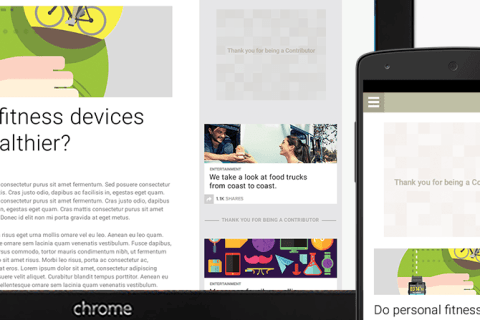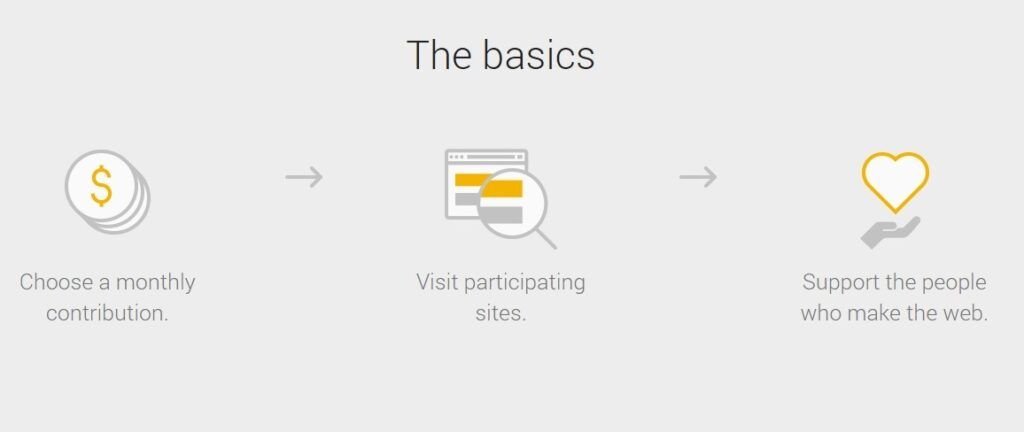
Google Contributor will turn off ads on websites.
Google Contributor will disable ads on websites
Ads have been an extremely important part of the marketing ecosystem for a very long time. Unfortunately, many Internet users – but also users of traditional media – avoid them like a fire. Of course, this may not come as a surprise to anyone, but avoiding ads, and especially blocking them with the right software, exposes businesses to losses.
Google decided to meet the expectations of both groups and created the Google Contributor service.
Google Contributor is a solution that is still experimental and allows the removal of ads from websites that use the US giant’s advertising services. The condition is to pay a fee of $1 to $3 per month.
Subscription in place of intrusive ads?
The basic idea behind the idea in question is quite obvious. Users of a given website gain ad-free content, and owners of those sites can expect to minimize their losses (or profits). It seems that Google has decided to transfer the model well known from the world of mobile applications to the sector of online advertising.
Of course, this raises some questions and dilemmas (if only the division between sites with ads and “premium”).
How it works?

If any of you decide to participate in the Contributor program, you should visit the page prepared by Google. Unfortunately, an invitation is required for the time being, as the service has not yet entered the open beta stage. You can get an invitation by joining the waiting list, which can be found on the above-linked page.
People who sign up for the program and pay the appropriate fee (for the moment, you can choose a sum in the range of $1 – $3) will credit the account of the author of the selected site every time they visit it. The corresponding amount (unfortunately, it is not known how much) will be transferred via Contributor from the user’s account. Of course, the more you contribute to your account, the greater the amount Google will give to the site owner (hence the range from $1 to $3).
The ads will leave their mark
This brings us to some of the shortcomings of Google’s idea. The first is that instead of the content of the ad on the page, we will see a pixelated area, possibly a graphic thanking the site creators for their support. Such a solution is to ensure that there are no problems with the layout of the page. Personally, however, I would prefer that the area “freed up” by advertising content be filled with the right content.
This is especially true for users of smartphones, devices that we increasingly use to browse the Internet resources. Not everyone uses a device with a large diagonal screen, so the idea of “thanking” for support seems misguided, at least from the perspective of a few inches screen.

